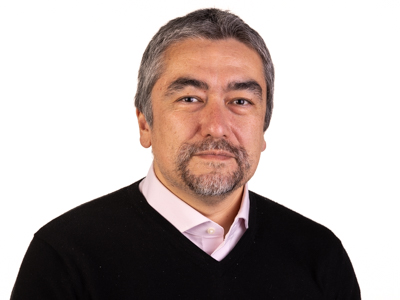Lecturer: Andreas Kalckert
Fields: Cognitive neuroscience, Experimental psychology
Content
The introduction of body ownership illusion experiments has revolutionized our ability to explore and manipulate the subjective experience of our own bodies. Innovative paradigms like the rubber hand illusion and body swapping have greatly expanded our understanding of the cognitive and neural mechanisms that shape our sense of self. Due to their relatively low technical and practical demands, these paradigms have surged in popularity, leading to hundreds of studies. However, this rapid expansion has also resulted in a variety of experimental approaches, often lacking standardized methods—making it challenging to ensure comparability and replicability across studies.
In this methods course, we aim to tackle both the methodological and conceptual dimensions of these intriguing paradigms. We will dive deep into the existing literature, critically evaluating the theoretical and practical aspects of these experiments. We will also identify specific elements of experimental paradigms—such as stimulation protocols and measurement techniques—that are not only practically relevant but also crucial for refining our understanding of these illusions.
The course is designed to be both informative and interactive, consisting of two lectures and two practical sessions where we will explore body ownership illusions in both physical and virtual reality environments. By the end of the course, participants will have gained a clearer insight into the nuances and demands of these fascinating experiments and be equipped with a set of best practices for conducting replicable studies.
Literature
- Ehrsson, H. H. (2019). Multisensory processes in body ownership. In Multisensory Perception: From Laboratory to Clinic (pp. 179–200). Elsevier. https://doi.org/10.1016/B978-0-12-812492-5.00008-5
- Riemer, M., Trojan, J., Beauchamp, M., & Fuchs, X. (2019). The rubber hand universe: On the impact of methodological differences in the rubber hand illusion. Neuroscience and Biobehavioral Reviews, 104(January), 268–280. https://doi.org/10.1016/j.neubiorev.2019.07.008
- Kilteni, K., Maselli, A., Kording, K. P., & Slater, M. (2015). Over my fake body: Body ownership illusions for studying the multisensory basis of own-body perception. Frontiers in Human Neuroscience, 9(MAR). https://doi.org/10.3389/fnhum.2015.00141
Lecturer

Andreas Kalckert earned his PhD in Neuroscience from the Karolinska Institute in Sweden. He previously lectured in psychology at the University of Reading Malaysia and is now a senior lecturer in Cognitive Neuroscience at the University of Skövde, Sweden. His research focuses on the psychological and neuroscientific processes involved in the experience of the body, with a particular interest in the role of movement.
Affiliation: Department of Cognitive Neuroscience and Philosophy, University of Skövde, Sweden
Homepage: https://www.his.se/en/about-us/staff/andreas.kalckert/